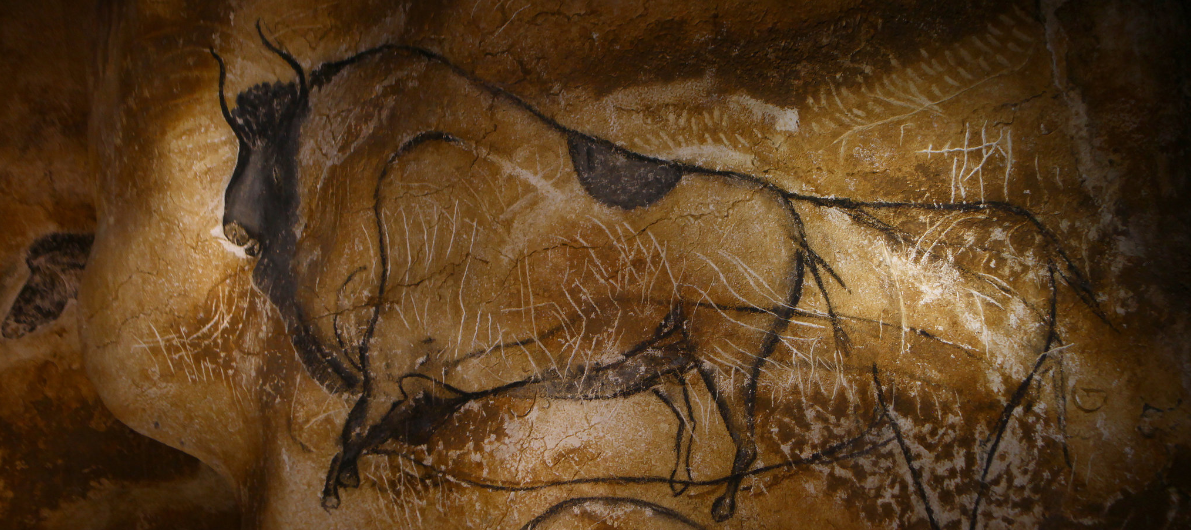
is to open its doors [Credit: AFP]
The grotto at Vallon-Pont d'Arc in the Ardeche region of southern France, is a reproduction of the closely guarded Grotte Chauvet, which was granted World Heritage status last year.
The French president had already officially inaugurated the museum earlier this month and it officially opened to the public on Saturday.
The replica cave, which took a team of scientists two and a half years to create, will enable tourists from around the world to continue to see the frescos of painted animals without damaging the original cave.
Unique in the world for being such an identical and precise reproduction, the grotto has been built in the shape of a bear's paw, and stands just one kilometre away from the original site.
Inside the new grotto, which came a cost of €55 million visitors will be able to see more than a thousand drawings, including 425 animal figures of 14 different species, which have been meticulously reproduced.

in France’s Ardèche region, which opens to the public Saturday
[Credit: Pierre Terdjman/The New York Times]
The smell, humidity and even stalactites of the Grotte Chauvet have also been recreated to make the new site as authentic as can be.
The visitor walks down a long ramp to get into the building housing the replica, entering a darkened, cool and humid place that mirrors conditions in the grotto.
Then just like in the real cave, people stick to a walkway that takes them past replica bones and the skull of an Alpine ibex, a species of wild goat.
The drawings reveal themselves as the visitors walk further into the fake cave, a total of 1,000 paintings including 425 animals -- including bears, rhinos, big cats, owls.
These have been reproduced using charcoal, just like our Aurignacian ancestors did some 36,000 years ago.

concrete-clad building [Credit: AFP]
Using ultra-modern techniques such as 3D imaging, engineers, sculptors, painters and visual artists faithfully reproduced the paintings.
A team of 10 people in Paris also worked for four years to reproduce stalactites, stalagmites and other formations present in the Grotte Chauvet itself.
Authorities hope that the giant replica will attract some 350,000 visitors a year.
The original Chauvet grotto was preserved for more than 20,000 years thanks to the fallen rocks, which blocked its entrance.
The grotto was discovered on the 18th December 1994 by amateur potholers: Jean-Marie Chauvet, Eliette Brunel et Christian Hillaire.
If you are wondering how important the grotto is, then the words of Philippe Lalliot France's envoy to UNESCO, should leave you in no doubt.
"I had the chance, I should say the privilege, to visit the cave... and I was literally stunned by what I saw, which revolutionizes our views of our origins," said Lalliot after the UNESCO vote last year.
A French lawmaker for the Ardeche, Pascal Terrasse, also described the cave as "a first cultural act".
"This artist has now been recognized," Terrasse said. "May he forgive us for waiting 36,000 years to recognize his work."
Author: Chloé Farand | Source: The Local [April 26, 2015]